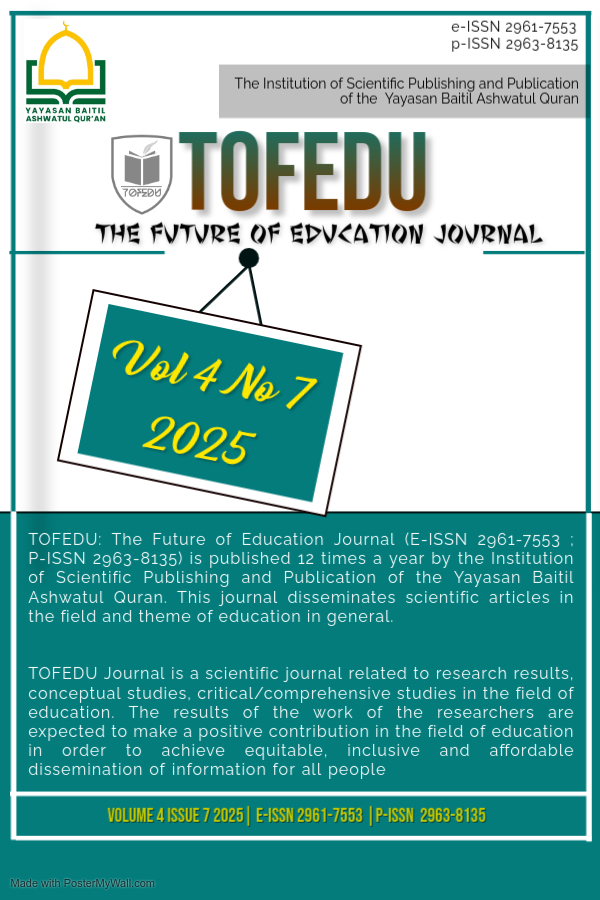Implementation of Article 114 Paragraph 1 of Law No. 35 of 2009 in Drug Abuse Criminal Cases (A Study of Decision Number: 51/Pid.Sus/2025/PN. Tjk)
Main Article Content
Abstract
The problem of drug abuse in Indonesia has become a serious threat that disrupts social order, damages the younger generation, and burdens the national legal system. This crime not only targets individuals, but also has the potential to weaken the resilience of the state. This study was conducted to examine the legal application of Article 114 paragraph (1) of Law Number 35 of 2009 concerning Narcotics in judicial practice, specifically in Decision Number: 51/Pid.Sus/2025/PN. Tjk, which is the main object of study. The problems in this study include how the law is applied Article 114 paragraph (1) of Law Number 35 of 2009 in cases of narcotics abuse crimes, and the inhibiting factors in the application of the law to these cases. This study specifically examines the decision of the Tanjungkarang District Court Number: 51/Pid.Sus/2025/PN. The research method used in this study is through a normative legal approach and empirical legal approach using secondary and primary data collected through library and field studies. The analysis was conducted in a qualitative legal manner. The results of the study indicate that the application of Article 114 paragraph (1) is appropriate and in accordance with the elements of the crime proven in court. In the case studied, the defendant acted as an intermediary in a transaction for the sale and purchase of Class I narcotics, including methamphetamine, and was sentenced to seven years in prison and a fine of one billion rupiah. Law enforcement for this crime also refers to Article 112 concerning possession of narcotics, as an alternative charge in the legal process. However, the implementation of the law against narcotics crimes is not free from various obstacles. Several inhibiting factors identified include low public awareness of the dangers of narcotics, lack of outreach by law enforcement officers, limited personnel, weak cooperation between the community and legal institutions, and the suboptimal role of families and schools in drug prevention education. These conditions complicate the process of eradicating drug distribution and abuse in the field. As a recommendation, there is a need to strengthen the synergy between law enforcement officers, educational institutions, the community, and families in preventing and eradicating narcotics. In addition to a repressive approach, the government also needs to increase educational and preventive efforts through outreach on the dangers of narcotics and rehabilitation for users. Reform of the narcotics criminal law system must consider justice, humanity, and the effectiveness of deterrence in order to safeguard the future of the nation's generations.
Article Details

This work is licensed under a Creative Commons Attribution 4.0 International License.
